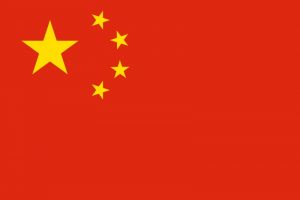 Understanding the true nature of the ‘belt and road’ project that China is undertaking is not straightforward. China is not an open society and therefore it is difficult to ascertain the real purpose of the government’s policies.
Understanding the true nature of the ‘belt and road’ project that China is undertaking is not straightforward. China is not an open society and therefore it is difficult to ascertain the real purpose of the government’s policies.
However, what is known is that the initiative is heavily orientated towards building logistics infrastructure.
Although the project has been around for several years, formerly called the ‘One Belt, One Road’, it has just been relaunched by China’s President Xi Jinping. Earlier this month he held a large conference attended by a string of world leaders in which he announced that the now renamed ‘Belt and Road’ initiative would expand.
He committed to spend a further US$78bn to complement the over US$200bn that is believed to already be available through various Chinese government institutions, including the Asian Infrastructure Investment Bank.
So, what will the money be spend on?
Xi Jinping singled out transport infrastructure as being of particular interest. One obvious area of attention is likely to be road and rail investment in central Asia. In particular, rail freight capacity around the ‘Europe-Asia Land bridge’. Investment may include improvement to the Russian end of the link which is often of variable quality. However, major investment by Chinese state-backed institutions, as well as preference for Chinese suppliers, could cause difficulties in a Russia. Russia is, superficially at least, participating in the Belt and Road concept but remains wary about increasing Chinese influence in central Asia. The potential for improving the speed and quality of the ‘Europe-Asia Land Bridge’ service is substantial, but the obstacles are also substantial.
The other axis of the ‘Belt and Road’ plan is the sea-borne trade links through South East Asia, the Indian Ocean and Suez Canal. The state-owned shipping line COSCO has already announced a project to invest approximately US$26bn in new port capacity in these regions, something backed by the China Development Bank. It appears that the idea is to build a string of COSCO owned ports across the trade lane to rival the already substantial infrastructure.
The ‘Belt and Road’ initiative does appear to be more of a ‘push’ initiative with the Chinese state apparently needing to stimulate demand and possibly increase its strategic influence, rather than being pulled by a need for investment in infrastructure. This may well promise very useful improvements in certain regions, particularly central Asia. However, elsewhere it may simply create an oversupply of services that artificially depresses returns and squeezes-out private sector providers.
Source: Transport Intelligence, May 23, 2017
Author: Thomas Cullen